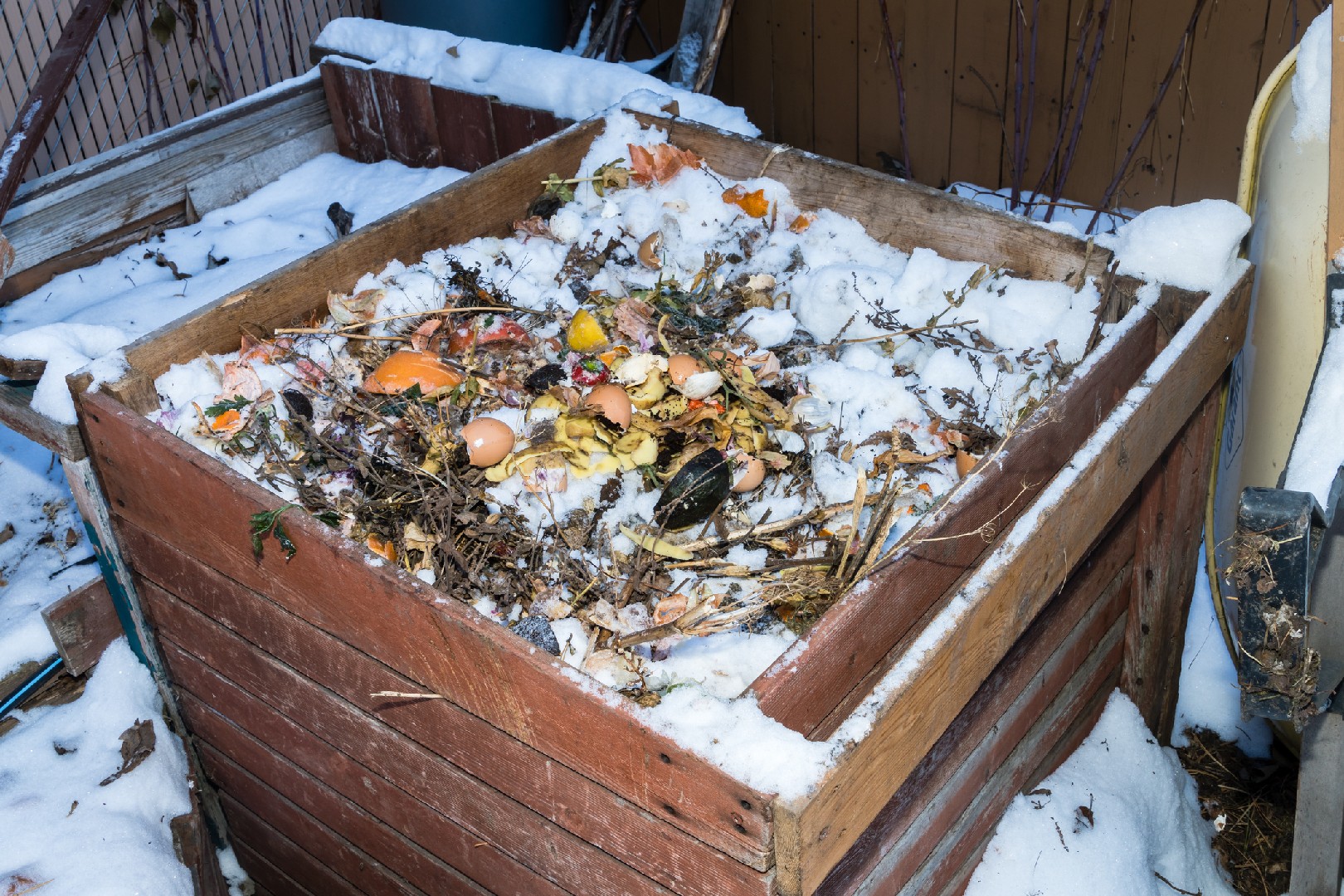![Rectangle]()
Understanding Winter Composting Constraints
Winter composting can be a challenging task due to several constraints that arise during this season. It is important to understand these constraints in order to effectively navigate them and continue composting efficiently throughout the winter months.
One of the main constraints of winter composting is the slowdown of thermophilic bacteria activity. These bacteria are responsible for the decomposition process and thrive in warm temperatures. However, when temperatures drop below freezing, their activity slows down significantly, leading to a decrease in decomposition speeds. To overcome this constraint, it is essential to provide additional insulation and warmth to the compost pile.
Insulating the compost pile can be done by covering it with a thick layer of straw, leaves, or hay. This layer acts as a protective blanket, helping to retain heat and prevent the pile from freezing. Additionally, using a compost thermometer to monitor the internal temperature of the pile can help ensure that it remains within the optimal range for thermophilic bacteria activity.
Another constraint faced during winter composting is the limited availability of composting materials. In winter, fresh green materials such as grass clippings and kitchen scraps are scarce. However, there are still several materials that can be added to the compost pile during this time. Dry leaves, shredded paper, and wood chips are excellent sources of carbon and can be readily found in abundance during the winter months.
To maintain a balanced compost pile, it is important to have a mixture of both carbon-rich materials, such as dry leaves, and nitrogen-rich materials, such as kitchen scraps or manure. By adjusting the ratio of carbon to nitrogen in the compost pile, it is possible to maintain an optimal environment for decomposition even during the winter.
Finally, another constraint to consider during winter composting is the increased risk of attracting vermin to the compost bin. With food scarcity in the colder months, vermin such as rats and mice may be drawn to the compost pile as a source of food. To prevent this, it is important to take preventive measures such as using a secure compost bin with a tight-fitting lid.
By understanding and addressing these constraints, it is possible to successfully compost during the winter months. Winter composting may require some extra effort and attention, but the rewards are worth it. Not only does it reduce waste and promote sustainability, but it also provides nutrient-rich compost that can be used to improve soil health and enhance plant growth in the coming spring. So, don't let the winter chill discourage you from composting; embrace the challenge and continue to compost efficiently throughout the year.





